The Life and Times of Dennis Martin
Purchase the book.
$25.00 plus $10 for shipping & handling
Contact the author to purchase the book directly. Books will also be available through the Menlo Park Historical Association.
Books are also available for purchase at Palo Alto Historical Association Archives, Cubberley Room K-7, Tuesdays and Thursdays, www.pahistory.org/archives.html.
INQUIRIES
Dennis Martin, an Irish immigrant, died as a broke old man in San Francisco and was laid to rest in an unmarked grave in his own abandoned cemetery miles west of the Menlo Park depot.
His estranged daughters refused to attend his burial. His times spanned the Irish immigration to the New World, the Westward movement from the Missouri River to across the snowy Sierra, armed power struggles between Alta California factions, the Bear Flag revolt, the Gold Rush, the Railroad Big Four and the Silver Bonanza Kings, the demise of Searsville and Mayfield along with the growth of Menlo Park, Woodside, Redwood City, Portola Valley, Palo Alto, and Stanford University, as well as the beginnings of Atherton, Mountain View, Sunnyvale, Los Altos Hills and San Francisco.
“Bo Crane has written the definitive study of the most pervasive American pioneer of the mid-peninsula area. Arriving as a young man in Mexican territory with the first wagon train to cross the Sierra Nevada, Dennis Martin acquired land, built a home, saw mills and a church, but eventually lost all and died a pauper. Crane provides the details based on his extensive research and personal exploration. It’s a story you will enjoy reading and a book you will treasure as a reference.”
— Jym Clendenin, Menlo Park Historical Association President
“Dennis Martin came to California in 1844 with the first wagon train to cross the Sierra Nevada. Like several other members of the Stephens-Murphy Party, he settled on the Peninsula. He developed ranch lands, built a sawmill, and was on his way to an empire, but he lost it all through bad luck and poor timing. Today, Dennis Martin is little remembered, but his life story is worth reading. This book is your access to one of the great stories of our local history.”
— Steve Staiger, Palo Alto Historical Association Historian

